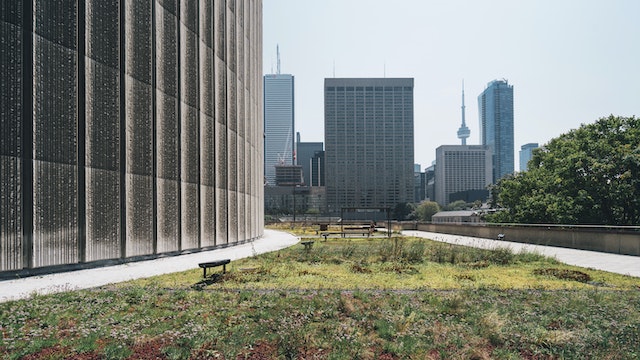As the world grapples with environmental challenges, paypal casinos, socio-economic disparities, author page and the urgency of a more equitable global community, the concept of sustainable development has emerged as a beacon of hope. Sustainable development encompasses a comprehensive approach that seeks to fulfill the needs of the present without compromising the ability of future generations to meet their own needs. At its core, sustainable development rests on three pillars: economic sustainability, social sustainability, and environmental sustainability. Let’s delve into each of these pillars and their significance.
1. Economic Sustainability: The first pillar of sustainable development revolves around the economic growth and prosperity of societies. However, the emphasis here is not just on expansion but on the quality, inclusivity, and long-term viability of this growth. Economic sustainability is about creating stable economies where growth is equitable, resources are used efficiently, and communities are resilient to shocks and crises. It encourages the adoption of sustainable practices in sectors like agriculture, industry, and services, while promoting innovation, job creation, and fair trade.
2. Social Sustainability: Social sustainability pertains to the creation of a just, inclusive, and peaceful society. It’s about ensuring that everyone, regardless of their gender, race, age, or socio-economic status, has equal access to basic needs such as food, shelter, education, healthcare, and opportunities for social and personal growth. Social sustainability fosters a culture of respect for human rights, gender equality, social cohesion, cultural diversity, and community participation. This pillar underscores that sustainable development isn’t merely a matter of resource allocation but a commitment to social justice and human dignity.
3. Environmental Sustainability: Perhaps the most recognized pillar of sustainable development, environmental sustainability, is about maintaining and improving the health of our planet. It calls for the protection of ecosystems, biodiversity, and natural resources, promoting practices that reduce pollution, waste, and the harmful impacts of human activities on nature. Environmental sustainability encourages a transition towards renewable energy, sustainable agriculture, and conservation of water and biodiversity. It also emphasizes the urgency of tackling climate change, one of the most significant threats to our collective future.
Sustainable development, in essence, seeks to find a balanced intersection of these three pillars. It’s about recognizing that our economic, social, and environmental well-being are intertwined, each influencing the other. For instance, environmental degradation can lead to economic losses and social instability, while economic inequality can result in over-exploitation of resources and environmental harm.
As we look towards the future, sustainable development provides a blueprint for progress – one that appreciates our interdependence with nature, values social justice, and sees economic growth as a means to improve human well-being, not just an end in itself.
In conclusion, the pillars of sustainable development – economic, social, and environmental sustainability – serve as guiding principles to shape a world that is prosperous, just, and respectful of our natural environment. This approach challenges us to rethink our relationship with the world and envision a future where sustainability is not just an option, but a necessity. As we navigate the complexities of the 21st century, sustainable development offers a path that acknowledges the lessons of our past, the challenges of our present, and the possibilities of our future.













































































